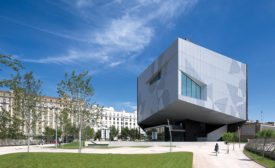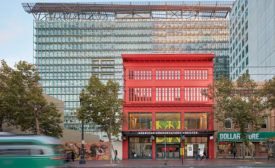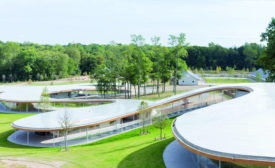Performing Arts Center Projects
A chamber-sized venue in Brooklyn rewrites the score for classical and experimental music.
Read More
CaixaForum
At a dynamic arts center, L-shaped volumes seem to float as they cantilever out to the surrounding city.
Read More
Poly Grand Theater
Any Way You Cut It: A Pritzker Prize–winning architect carves tunnels through a concrete-and-glass box to create a bold theater complex for a burgeoning district in Shanghai.
Read More
Albi Grand Theater
Curtain Call: A simple box, dressed up with a curving metal screen, gives an ancient city a modern monument.
Read More
Ruth Caplin Theatre, University of Virginia
A 300-seat performance space takes cues from the topography of its site.
Read More
450 West 37th Street in New York City
WASA/Studio A and H3 Hardy Collaboration Architecture
Read More
Copyright ©2024. All Rights Reserved BNP Media.
Design, CMS, Hosting & Web Development :: ePublishing






